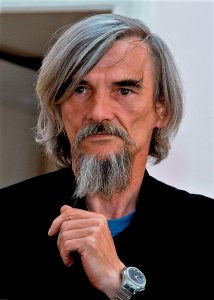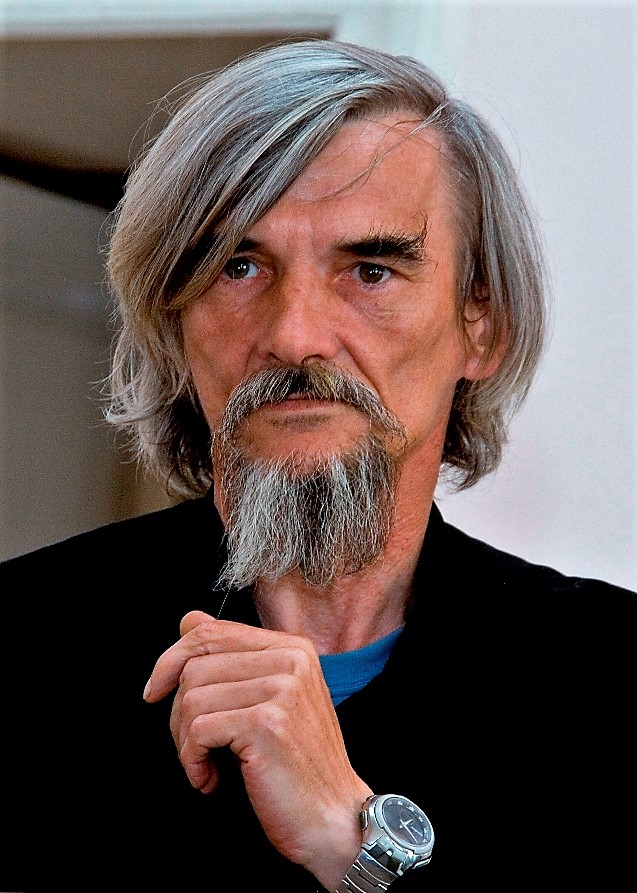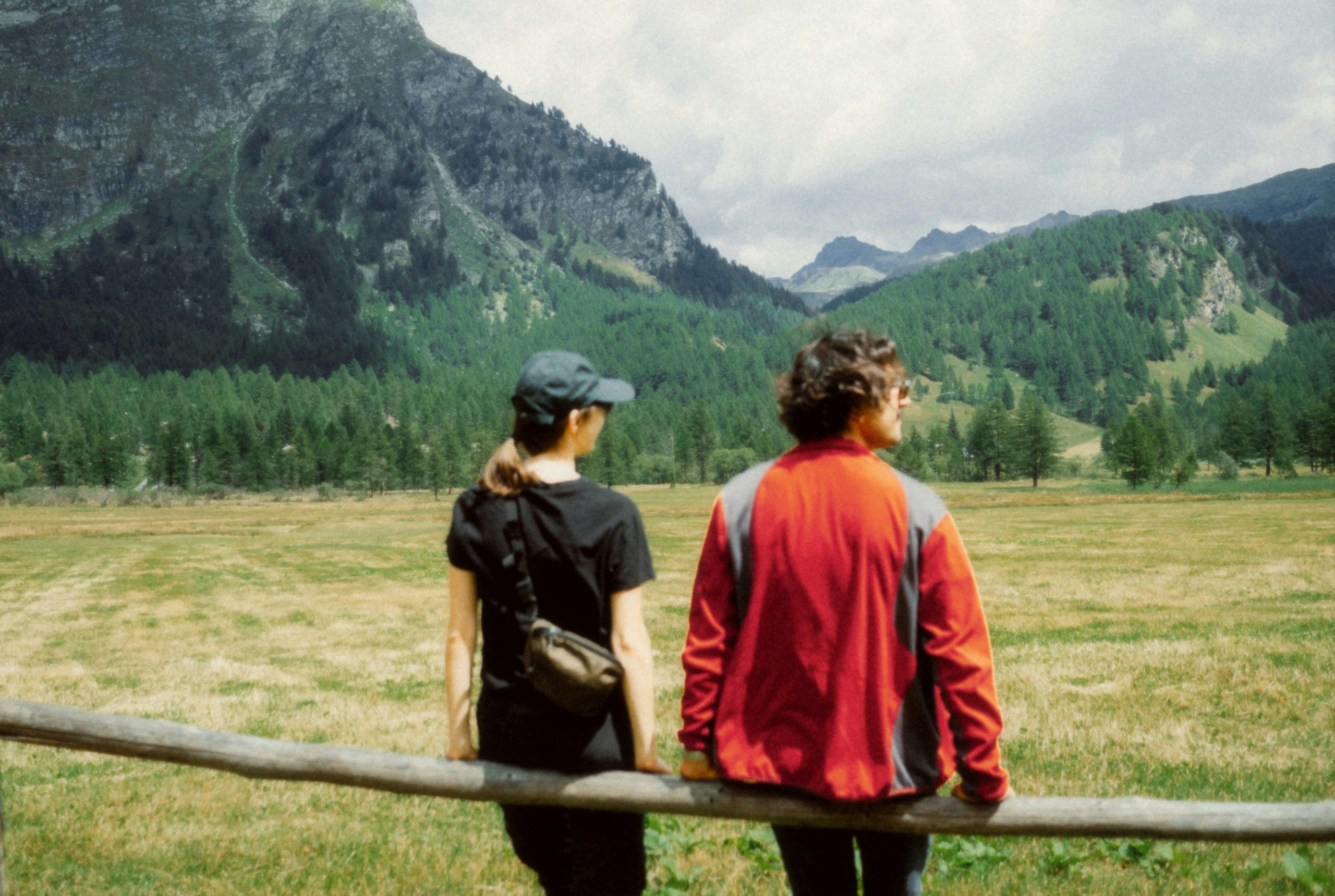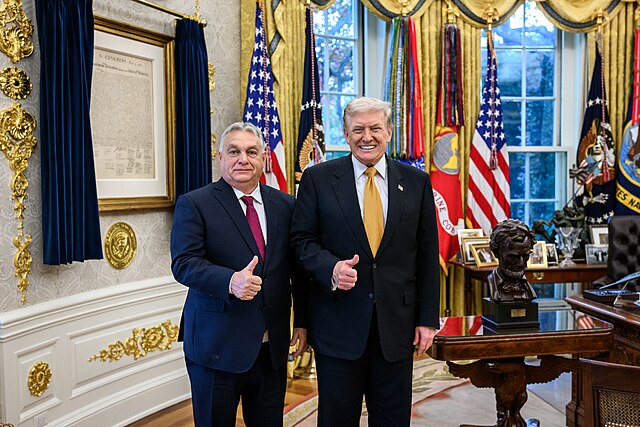[vc_row][vc_column][vc_column_text]

Russian historian Yuri Dmitriev, who has been imprisoned following research into murders committed by Stalin. Credit: Mediafond/Wikimedia
Western democracies have expressed concern and outrage, at least verbally, over the Novichok poisoning of Alexei Navalny—and this is clearly right and necessary. But much less attention is being paid to the case of Yuri Dmitriev, a tenacious researcher and activist who campaigned to create a memorial to the victims of Stalinist terror in Karelia, a province in Russia’s far northwest, bordering Finland. He has just been condemned on appeal by the Supreme Court of Karelia to thirteen years in a prison camp with a harsh regime.
The hearing was held in camera, with neither him nor his lawyer present. For this man of sixty-four, this is practically equivalent to a death sentence, the judicially sanctioned equivalent of a drop of nerve agent.
After an initial charge of child pornography was dismissed, Yuri Dmitriev was convicted of sexually assaulting his adoptive daughter. These defamatory charges appear to be the latest fabrication of a legal system in thrall to the FSB—a contemporary equivalent, here, of the nonsensical slander of “Hitlerian Trotskyism” that drove the Great Terror trials. It is these same charges, probably freighted with a notion of Western moral decadence in the twisted imagination of Russian police officers, that were brought in 2015 against the former director of the Alliance Française in Irkutsk, Yoann Barbereau.
I met Yuri Dmitriev twice: the first time in May 2012, when I was planning the shooting of a documentary on the library of the Solovki Islands labor camp, the first gulag of the Soviet system; and the second in December 2013, when I was researching my book Le Météorologue (Stalin’s Meteorologist, 2017), on the life, deportation, and death of one of the innumerable victims murdered by Stalin’s secret police organizations, OGPU and NKVD.
In both cases, Dmitriev’s help was invaluable to me. He was not a typical historian. At the time of our first meeting, he was living amid rusting gantries, bent pipes, and machine carcasses, in a shack in the middle of a disused industrial zone on the outskirts of Petrozavodsk—sadly, a very Russian landscape. Emaciated and bearded, with a gray ponytail, he appeared a cross between a Holy Fool and a veteran pirate—again, very Russian. He told me how he had found his vocation as a researcher—a word that can be understood in several senses: in archives, but also on the ground, in the cemetery-forests of Karelia.
In 1989, he told me, a mechanical digger had unearthed some bones by chance. Since no one, no authority, was prepared to take on the task of burying with dignity those remains, which he recognized as being of the victims of what is known there as “the repression” (repressia), he undertook to do so himself. Dmitriev’s father had then revealed to him that his own father, Yuri’s grandfather, had been shot in 1938.
“Then,” Dmitriev told me, “I wanted to find out about the fate of those people.” After several years’ digging in the FSB archive, he published The Karelian Lists of Remembrance in 2002, which, at the time, contained notes on 15,000 victims of the Terror.
“I was not allowed to photocopy. I brought a dictaphone to record the names and then I wrote them out at home,” he said. “For four or five years, I went to bed with one word in my head: rastrelian—shot. Then, I and two fellow researchers from the Memorial association, Irina Flighe and Veniamin Ioffe (and my dog Witch), discovered the Sandarmokh mass burial ground: hundreds of graves in the forest near Medvejegorsk, more than 7,000 so-called enemies of the people killed there with a bullet through the base of the skull at the end of the 1930s.”
Among them, in fact, was my meteorologist. On a rock at the entrance to this woodland burial ground is this simple Cyrillic inscription: ЛЮДИ, НЕ УБИВАЙТЕ ДРУГ ДРУГА (People, do not kill one another). No call for revenge, or for putting history on trial; only an appeal to a higher law.
Memorials to the victims of Stalin’s Terror at Krasny Bor, Karelia, 2018; the remains of more than a thousand people shot between 1937 and 1938 at this NKVD killing field were identified by Dmitriev, using KGB archival records
Not content to persecute and dishonor the man who discovered Sandarmokh, the Russian authorities are now trying to repeat the same lie the Soviet authorities told about Katyn, the forest in Poland where NKVD troops executed some 22,000 Poles, virtually the country’s entire officer corps and intelligentsia—an atrocity that for decades they blamed on the Nazis. Stalin’s heirs today claim that the dead lying there in Karelia were not victims of the Terror but Soviet prisoners of war executed during the Finnish occupation of the region at the beginning of World War II. Historical revisionism, under Putin, knows no bounds.
I am neither a historian nor a specialist on Russia; what I write comes from the conviction that this country, for which I have a fondness, in spite of all, can only be free if it confronts its past—and to do this, it needs courageous mavericks like Yuri Dmitriev. And I write from the more personal conviction that he is a brave and upright man, one whom Western governments should be proud to support.
This article was translated from the French by Ros Schwartz. It was originally published on the New York Review of the Books here under the headline Yuri Dmitriev: Historian of Stalin’s Gulag, Victim of Putin’s Repression.
Read our article exploring Dmitriev’s case and how history is being manipulated and erased here.[/vc_column_text][/vc_column][/vc_row]





